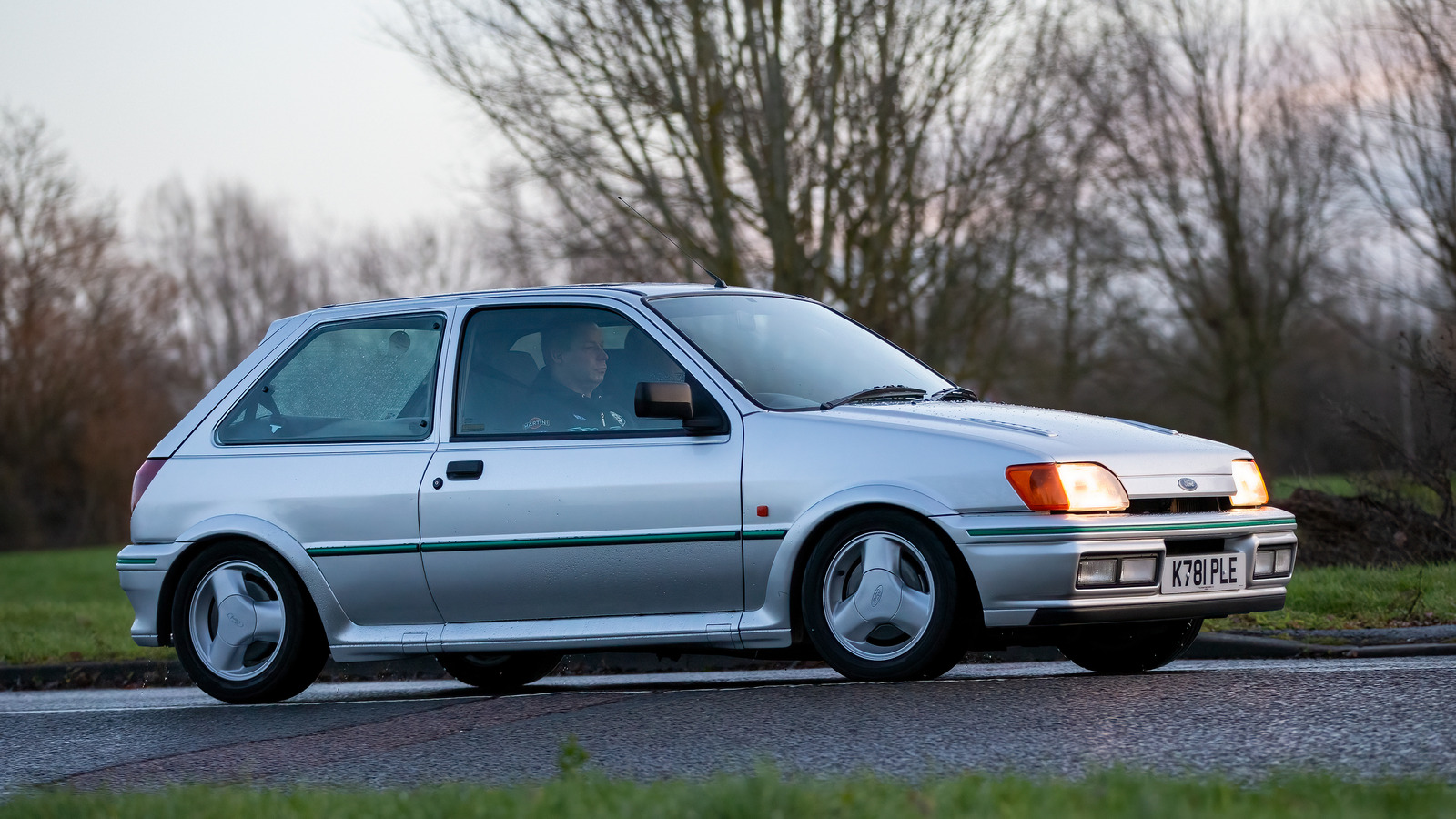
While the 80s and 90s saw new Fiesta models rolled off the assembly line with enhanced features and solid sales numbers, trouble began brewing in the latter 2000s in the States. The subcompact Ford was popular during this time in the U.K. and is still a regular fixture on British roads. So when the sixth generation Fiesta wasn’t adapted to different regions of the world as before, meaning the European and U.S. models were identical, Americans weren’t buying it.
According to Car Figures, the Fiesta only sold 23,273 units to U.S. drivers in 2010. So, Ford needed to find a way to make the subcompact popular again with American audiences. Social media at the time was exploding in popularity, and Fiesta would become part of a revolutionary (at the time) marketing campaign that enlisted the help of internet influencers.
Ford selected 100 influencers to use the Fiesta as their daily vehicle and drum up excitement about the car to their audiences, according to Forbes. The general response regarding Fiesta from the media influencers was positive and incited substantial interest in the car. In 2011, sales of Ford’s subcompact jumped up to nearly 70,000 units in the U.S. However, sales would slump again in 2012, dropping by 44 percent.










